Francisco de Goya y Lucientes was born in Fuendetodos (Zaragoza) in 1746. He learnt his trade as a painter in the studio of José Luzán until he established himself on his own, with the motto “the painting of my invention”.
Goya drew and printed whimsical and unusual images, always influenced by his fantasy and ideological tendency, satirizing the customs of his time and capturing the ideas of the Enlightenment.
His unscholarly art and lack of success made him travel to Italy, where his learning underwent a positive evolutionary change, as can be seen in the fresco in the Pilar de Zaragoza entitled, “Lagloria del nombre Dios” (The Glory of the Name of God).
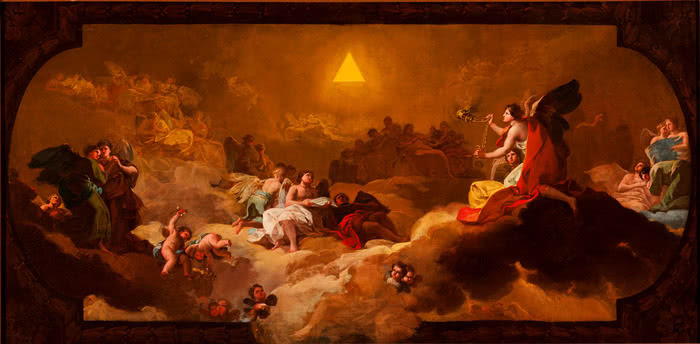
In this first stage, he was more concerned with capturing the “shameless majas” of Madrid’s taverns than with his professional reputation.
Later, influenced by neoclassicism and the Frenchified artists of his generation, he was commissioned to design cartoons for the Royal Tapestry Factory in Madrid, producing 63 compositions. The first one he produced was “Merienda a orillas del Manzanares”, followed by “La riña en la venta nueva”, “El columpio”, “Las lavanderas”, “El quitasol” and “El albañil herido”, with popular, lively and realistic themes, such as fables, military expeditions and hunting scenes.
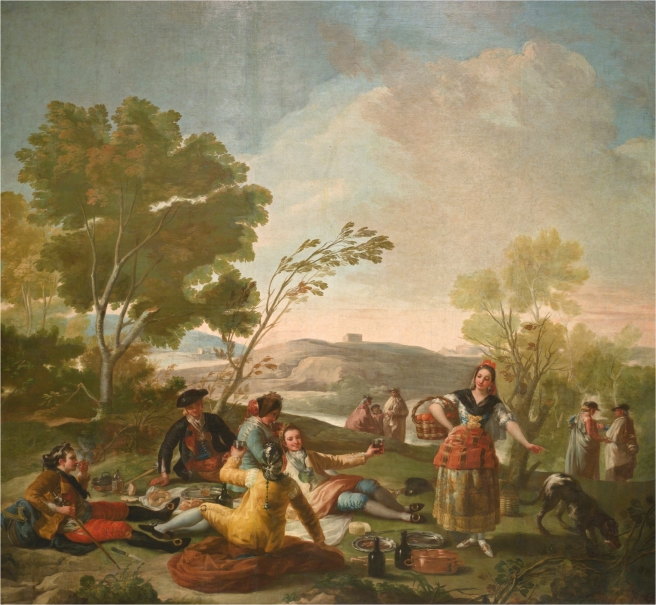
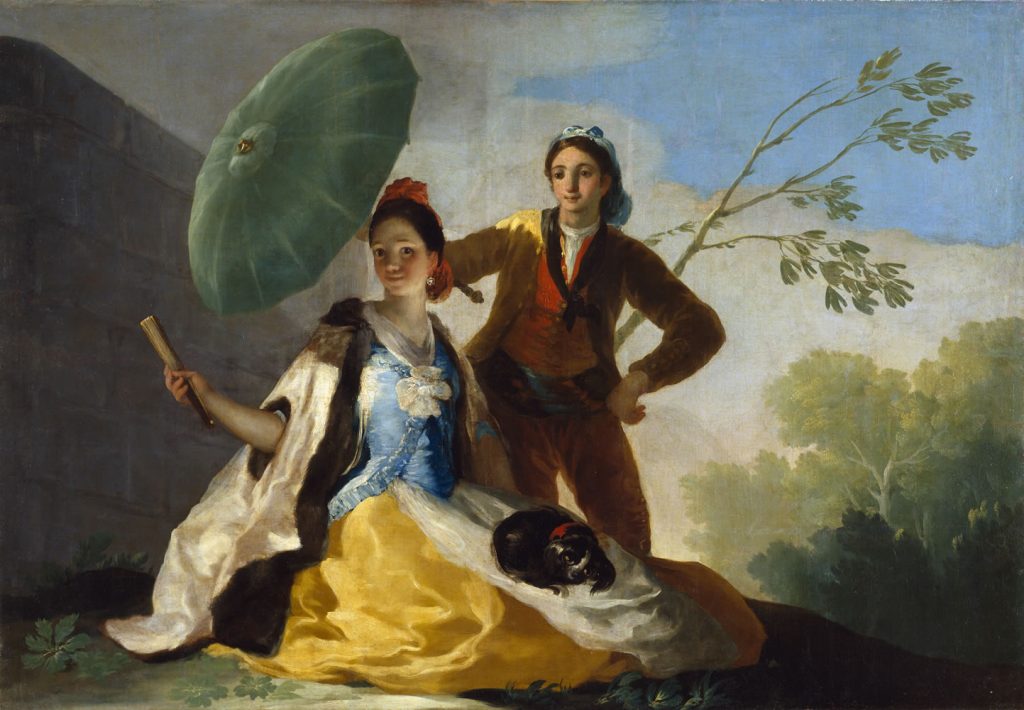
Once the sketches of the cartoons had been painted, they were woven into tapestry and destined for the decoration of royal palaces and residences, after measuring the rooms where they were to be placed and transferring their measurements to the Royal Tapestry Factory.
Around 1789, Goya became the court painter to Charles IV and Queen Maria Luisa.
At first, Goya’s tapestries seem to have been unimportant, remaining rolled up in the cellars of the Royal Factory. But in 1858 they were moved to the Royal Palace and discovered by Gregorio Cruzadas, who had them transferred to the Prado Museum, where almost all his work can be seen.
However, the origin of tapestries goes back to the Middle Ages, when they were used to shelter rooms from the cold walls of stone castles, rather than as decorative elements. In the 15th century Brussels and Bruges were the main cities of tapestry production, and tapestries became investments and signs of power and wealth.
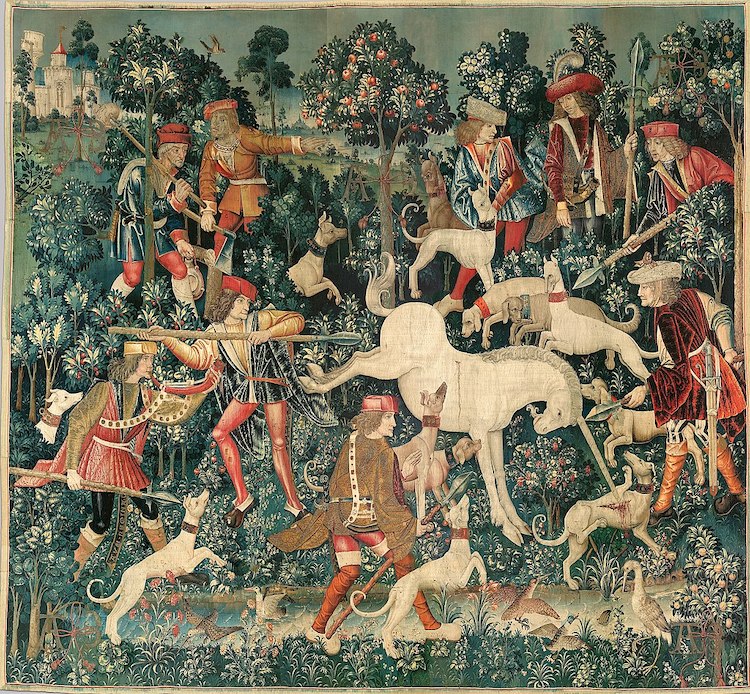




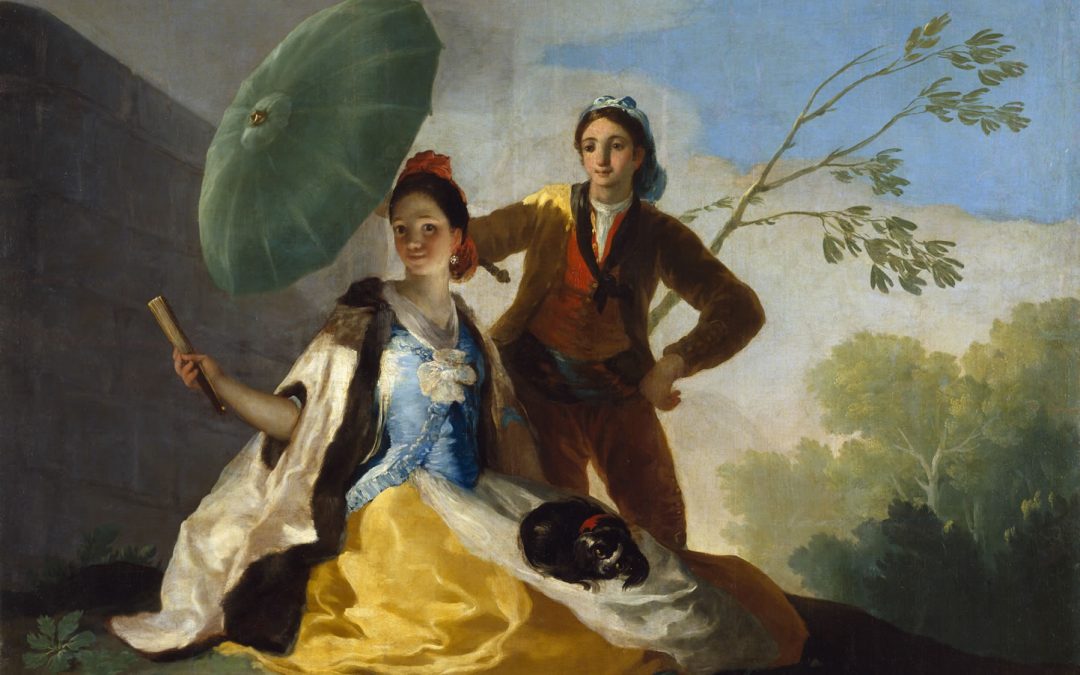
Recent Comments